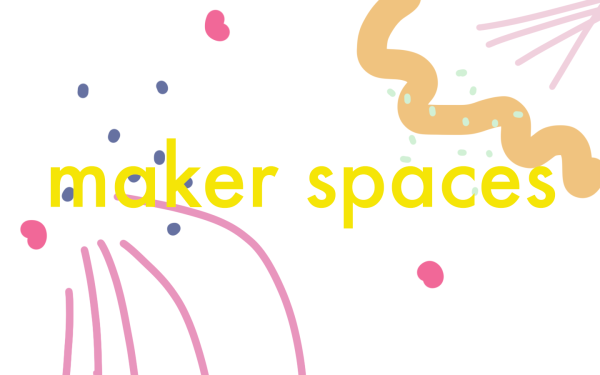 Papert’s theory on constructivism and emphasis project learning has been the basis of the popular maker movement (Martinez & Stager, 2014). The integration of art in STE(A)M has been influenced by maker spaces which allow people to be creative and utilise active learning in a collaborative environment. The maker movement involves a community of inventors and creatives who invent, create, build, tweak etc. Using Bruner’s (1976) scaffolding theory, the teacher assists in developing the necessary support that they require before they are able to do an activity independently. This is important when learning a skill/s using a new technology.
Papert’s theory on constructivism and emphasis project learning has been the basis of the popular maker movement (Martinez & Stager, 2014). The integration of art in STE(A)M has been influenced by maker spaces which allow people to be creative and utilise active learning in a collaborative environment. The maker movement involves a community of inventors and creatives who invent, create, build, tweak etc. Using Bruner’s (1976) scaffolding theory, the teacher assists in developing the necessary support that they require before they are able to do an activity independently. This is important when learning a skill/s using a new technology.
Blikstein (2013) highlights 5 key design principles with maker spaces:
- Avoid doing demonstrations of quick aesthetically pleasing products which push students away from doing more complex tasks
- There must be a level of frustration and excitement in a project
- By mixing the boundaries of STEM and other KLAs there is a more diverse and rich environment
- Abstract ideas from different KLAs are often utilised in projects.
- Students bring their own familiar practices to the lab and they get utilised as socially-valued tools.
Circuit Scribe is an electronic technology which utilises conductive ink and includes different electronic components (modules) to create variables in the circuit. The video below explains what Circuit Scribe is and shows some different projects of how it can be used.
In the class, I learnt how to use Circuit Scribe, it is simple yet engaging as it allows students to be as creative as they’d like using the magnetic board and paper. It is a relatively low-cost product for high-quality electronics and has the capacity to work for a lifetime. In the video below, I created a simple circuit with two switches.
When developing projects with Maker Space, students must utilise skills from different aspects of varying KLAs to create a particular project. By utilising Bruner’s scaffolding theory, students learn the basics of the tool before pursuing the project.
References:
Blikstein, P. (2013). “Digital fabrication and ‘making’in education: The democratization of invention.” FabLabs: Of Machines, Makers and Inventors: pp. 1-21.
Donaldson, J. (2014). The Maker Movement and the rebirth of Constructionism. Hybrid Pedagogy.
Martinez, S., & Stager, G. (2014). The maker movement: A learning revolution. International Society for Technology in Education.
